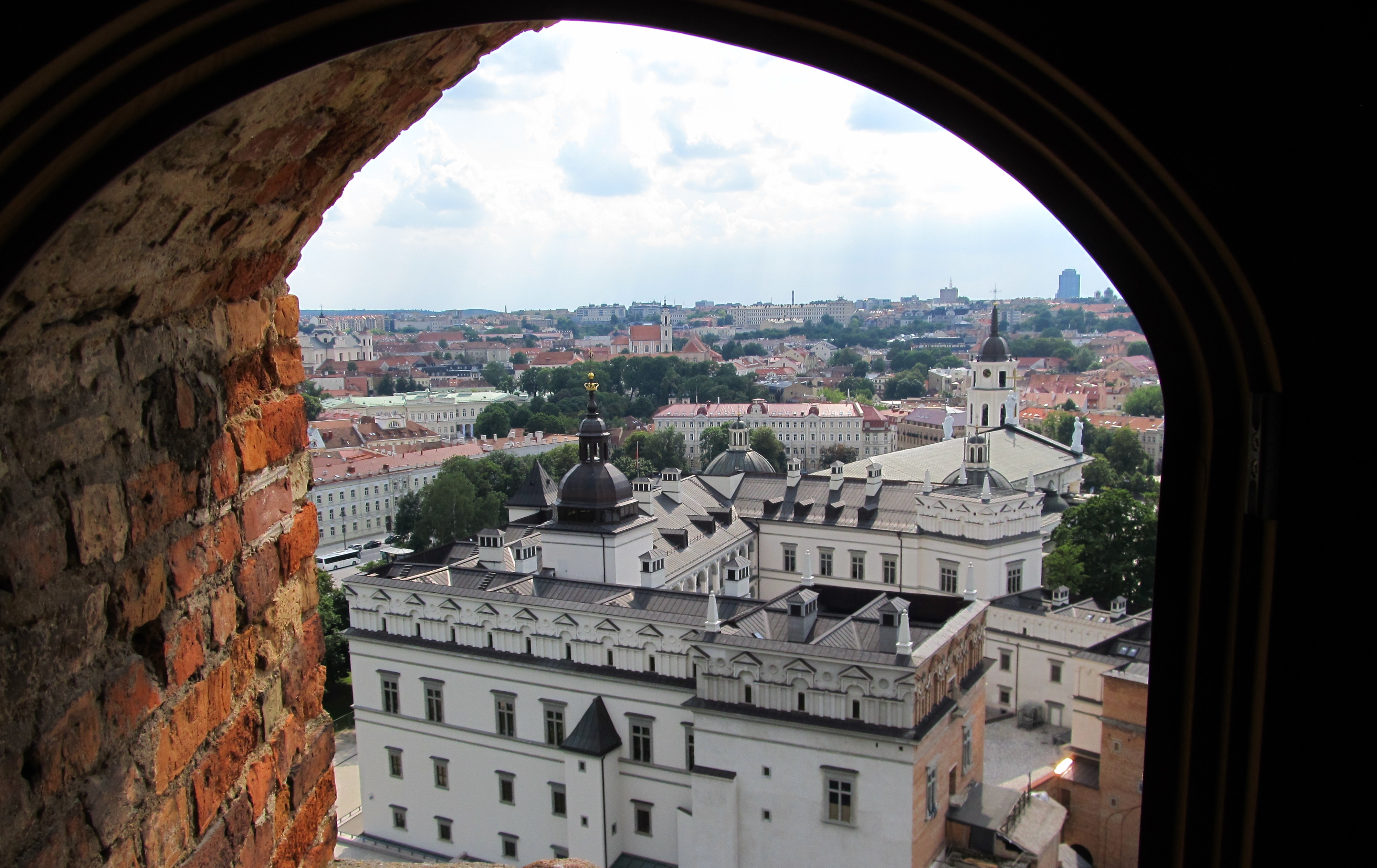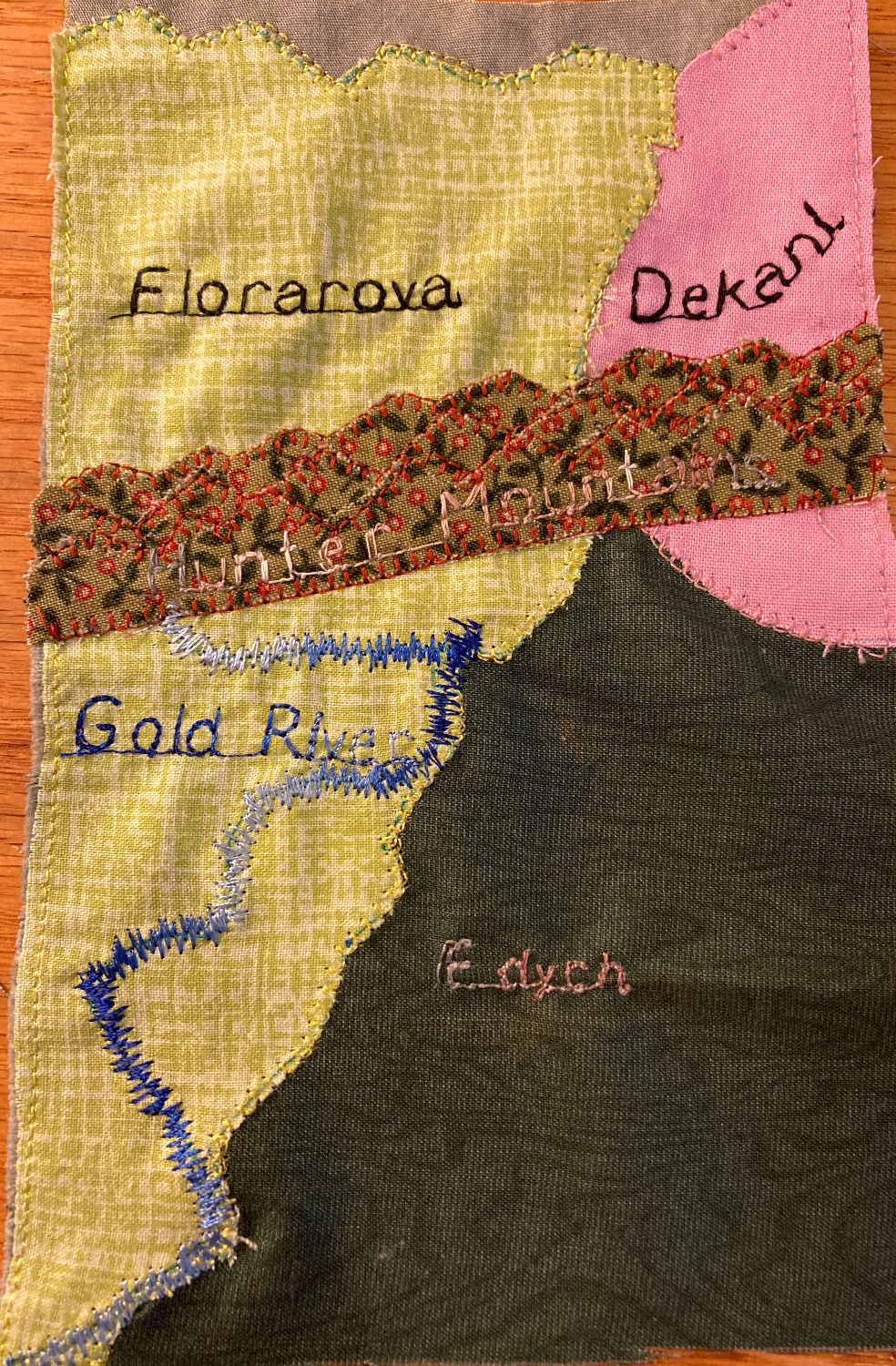Florarova (flɔɹə'ɹo͡ʊvə)
Discover Florarova. One visit is never enough
Florarova is a country on the Minor Continent. It borders Suxad and Dekani in the north, Edych in the south, and the Major Ocean to the west. It is noticably divided into northern and southern regions by the Hunter Mountains.
History
Northern Florarova was originally settled by the Elves traveling west out of Brightland. They later sailed around the mountains to reach the Gold River region, where many families settled and started cotton farms. At the same time, this region was being explored by the Cult of Ijok, an offshoot of the Dekani religion. Though the area did have permanent settlers, it was primarily an intermediate area that served as a trade region.
In the late tenth century, settlers from Diamondheart began to colonize the southern coast of the Minor Continent. The motivation behind this was two fold: to increase control over the Southern Strait and to increase their power over Atlinthaia, which Diamondheart considered to be a backward nation which needed to be cleansed by their god.
As the Diamondhearten encountered people living in the area, they believed it was their religious imperative to convert them. Leaders of the cult of Ijok were imprisoned, publicly beaten, and sometimes executed. The famous Ivan of Ijok, the youngest leader of the group, was "adopted" by an Een family with the hope of converting him and his followers. Elves experienced even worse, as the Diamondhearten believed their pointed ears were a mutation caused by deals with demons. They forcibly converted all they encountered, putting them through purity rituals and cutting their ears to break the bond that evil held over them.
Many Elves fled north to the Hunter Mountains, where they eventually clashed with the Diamondhearten forces moving north. Unfamiliar with the terrain, and already suffering in the unfamiliar climate, the Diamondhearten military gave up on conquering the mountains, but set up several bases near the foot of the mountains, with the largest two on either side of the Gold River, to keep the Elves from coming into the valley. Then they developed a plan for sailing north around the mountains.
Diamondhearts forces met even more resistance in the north, with multiple battles occurring along the Florarovan coastline. Though the Elves had somer early victories, Diamondheart's transportation stations built on the southern coast, as well as their experience with naval battles against the Mermish ultimately allowed them to gain the upperhand. In 1229, Diamondheart had officially claimed what is now northern Florarova. The city of Myra became the colony's capital, with a second capital located in the Gold River region. Two leaders were appointed to head the colony together, though the northern leader usually had more clout.
With Diamondheart's focus on northern Florarova, especially the hope of expanding northward, deeper into Elvlish territory, the Gold River region was left somewhat to its own devices. The leader, believing he had been given a powerless position, did little in attempt to control the area, aside from demands on taxes and crops. Locally, towns took to governing themselves, as they had before the Diamondheartens had appeared. The Elvish and Een religions also began to merge, giving way to the Vitnu faith.
As time passed, the northern Florarovan governors also began to communicate less with Diamondheart, hoping to gain more control over the area. In the 16th century, with Diamondheart embroiled in the Southern Conflict and its navy being battered by Isa Rosu, the Florarovan leaders attempted to gain control permanantly. Unable to maintain control on multiple fronts, Diamondheart released Florarova, which also minimized damage from pirate attacks, instead focusing on its conflict with Atlinthaia.
After gaining control of the area, the northern Florarovan leaders faced rebellions in the south, demanding more democratic leadership, similar to what they had maintained in the region's early days. Once they secured the ability to elect their own leaders, the north quickly followed suit, leading to Florarova's current system of government.
Despite Florarova's history of suffering under Diamondheart, with only a century of autonomy, it invaded the southern island of Sab, to increase its naval presence in the Major Ocean and acquire natural resources found on the island. After several rebellions in the 18th century, it managed to keep a hold on the majority of the country, a disputed area known as Antarand. Over time, Florarova peeled back layers of political control, until the area was mostly self-sufficient. Florarova continues to claim that Antarand is a territory, while Antarand itself claims it is autonomous. The need for trade has forced most countries in the northern hemisphere to side with Florarova on the matter, which the majority of the Southern Continent recognizes Antarand's autonomy. The position is uncomfortable for both parties and likely to result in a war that neither wants.
I want independence as much as any Antaran. I just don't know if I'm willing to pay the cost.
Geography and Climate
Northern Florarova is hot and wet. Southern Florarova is hotter and wetter.
Being both flat and wet, much of southern Florarova is farmland. Cotton is its biggest crop. Northern Florarova is nearly as hot and rainy as the south, but is hillier. There are some forested areas, and the few sprites in the country usually inhabit these areas. No one is entirely sure if the sprites chose to live in the forests of if the forests happened to grow where the sprites made their homes.
Government
Florarova has a presidential democracy with two presidents--one in the north and one in the south. They each serve six-year terms, with one president elected every three. Though the northern president is usually more visable, the duties of the two require them to work together. There is also a national legistlature with 126 members representing the nine districts of Florarova (6 in the north, and three in the south). Any Florarovan citizen of 18 years or older has the right to vote.
Trade
Florarova is one of the two biggest exporters of cotton on Nideon (the other being Agrona), and the biggest exporter of cotton in the northern hemisphere. Florarova is also a major exporter of Sunset Stone, which, due to its magical properties that allow it to hold light, is commonly used in making lamps. This trade has given the nation clout in much of the northern hemisphere, which has influenced its side of the conflict with Antarand. Florarova also does well in its tourist industry, particularly to the picturesque Gold River and visits to the National Temple.
Culture
Gender Relations
Florarova's gender roles have been heavily influenced by the patriarchal beliefs of both the Een and Dekani cultures. In southern Florarova, where the egalitarian Vitnu and Mun religions have more sway, gender equality is stronger. It has been growing, however, in northern Florarova. It is likely that this is due, in part to the improvement in healthcare, especially during and post pregnancy, as well as improved child care.
Music
While Florarovan music is heavily influenced by Dekani and Diamondhearten music, it is most notably influenced by Elvish music, in particular, the practice of making instruments out of found objects. Gold River protests musicians began to take this even further, purposely trying to create a more abrasive sound to symbolize the conflict between themselves and the Diamondhearten government. When accused of being inappropriate, many protest bands leaned into this stereotype by doing things such as writing increasingly sexual lyrics or damaging instruements or the locations where they performed. With the introduction of the electronics, many Florarovan musicians have added radios as found instruments. Recently, there has been a resurgance of folk music, including the incoporation of more traditional found instruments, such as washboards and spoons in other genres.
Food
Food in Florarova has likewise been influenced by its history. The area is known for its butters and jams, many of which are made from the variety of berries which grow in the area. But the arrival of the Diamondheartens brought a variety of new cuisine styles, based on the many areas which it had conquered. Florarova cuisine was further complicated by its later conquest of Antarand, as dishes from many of the cultures in the area were adopted. In the last century, Florarova has tried to use its varied cuisine to grow tourism, suggesting that in visiting Florarova, one can get a "taste of the world," but it has been criticized as a lesser Dekani, and some argue that Florarova doesn't understand its own cuisine. Because the area was influenced very early by the Dekani, however, the cuisine may not have changed as much from the "original" as people presume.
Fashion
With both the prevalence of the cotton in the area and the requirements in both the Elvish and Vitnu religions to wear strictly cotton, this is by far the most common fabric worn in Florarova, though people who follow other religions, paritcularly the mermish, have been known to wear other fabrics. A growing style among the Florarovan mermish is a type of semi-transparent wool which is elaborately embroidered. The spread of this style to the Dekani in the area has revealed in the influence the local mermish have.
CW: racism, colonization, forced religious conversion, bodily harm
Type
Geopolitical, Country
Subsidiary Organizations
Controlled Territories
Neighboring Nations
Demographics
Race
Northern Florarova is equally human and elvish with some mermish along the coastline, but few other races. Southern Florarova is also evenly split between humans and elves, but with a much higher (nearly 20%) mermish population. The area within the Hunter Mountains is almost exclusively inhabited by elves.
Language
The dominant language in Florarova is Imk, though Elvish is also widely spoken. Both language are considered official languages, but government business is usually conducted in Imk, so the vast majority of Elvish speakers also speak Imk, though the same is not always true for Imk speakers. Mermish is also a common language in the south and the northwest, as are Bajaad and Nirukita in the northeast.
Religion
About 94% of the Gold River region is Vitnu, with other religions, such as Een, Mun, and Dekani taking up a very small minority. Northern Florarova is 70% Een, with about 22% of people still practicing the original Elvish religion, particularly in more rural areas. There is a also a growing Vitnu population, and a large percentage of Mun followers on the coast. Those living within the Hunter Mountains almost exclusively practice the old Elvish religion.




Comments